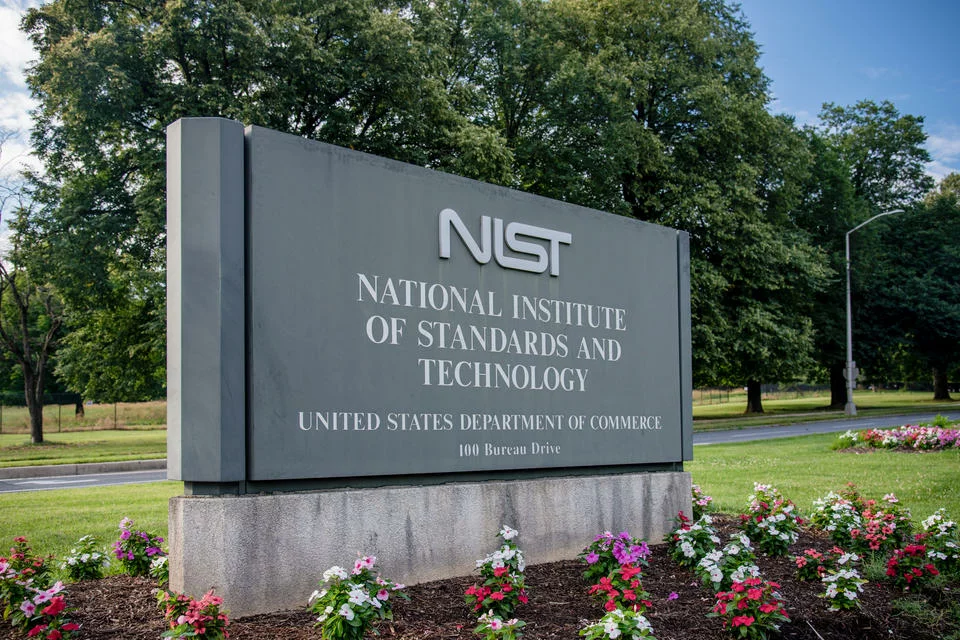On July 14, 2025, the National Institute of Standards and Technology (NIST) announced a groundbreaking development in materials science: an artificial intelligence (AI) tool that predicts the properties of new materials based solely on their atomic structure. This cutting-edge technology, revealed through a post on X by user @thomasheimann, promises to accelerate innovation across industries such as electronics, aerospace, and renewable energy by drastically reducing the time and cost associated with material discovery.
The AI tool leverages advanced machine learning algorithms to analyze the arrangement of atoms within a material and forecast its physical, chemical, and mechanical properties with remarkable precision. Unlike traditional methods, which often require extensive laboratory testing and computational simulations, this tool delivers results in a fraction of the time, enabling researchers to explore a vast range of potential materials virtually before synthesizing them. This capability is particularly valuable in fields like semiconductor manufacturing, where identifying materials with specific electrical properties is critical, and in the development of lightweight, durable alloys for aerospace applications.
The development of this tool stems from NIST’s ongoing efforts to integrate AI into scientific research, aligning with broader national priorities to maintain U.S. leadership in technology and innovation. By harnessing the power of AI, the tool not only enhances the efficiency of material discovery but also supports sustainable practices by minimizing the need for resource-intensive experiments. Researchers at NIST emphasize that the tool’s predictive accuracy has been validated across a diverse set of materials, including metals, ceramics, and polymers, demonstrating its versatility for real-world applications.
This advancement arrives at a pivotal moment, as industries worldwide face increasing pressure to innovate rapidly while addressing challenges like resource scarcity and environmental impact. The AI tool’s ability to predict properties such as thermal conductivity, strength, and corrosion resistance could lead to the creation of more efficient solar panels, longer-lasting batteries, and advanced medical implants. Furthermore, its open-access framework ensures that researchers and companies across the globe can utilize the tool, fostering collaboration and democratizing access to cutting-edge technology.
The announcement has sparked enthusiasm within the scientific community, with experts hailing it as a transformative step forward. However, some have raised concerns about the broader implications of reduced federal funding for scientific research, as highlighted in recent posts on X, which could limit the scope of future projects like this one. Despite these challenges, NIST’s breakthrough underscores the potential of AI to revolutionize materials science and drive technological progress.
The tool is now available for use by researchers, with NIST planning to release additional updates to enhance its functionality. As industries begin to adopt this technology, it is expected to reshape the landscape of material innovation, positioning the U.S. at the forefront of global scientific advancement.

